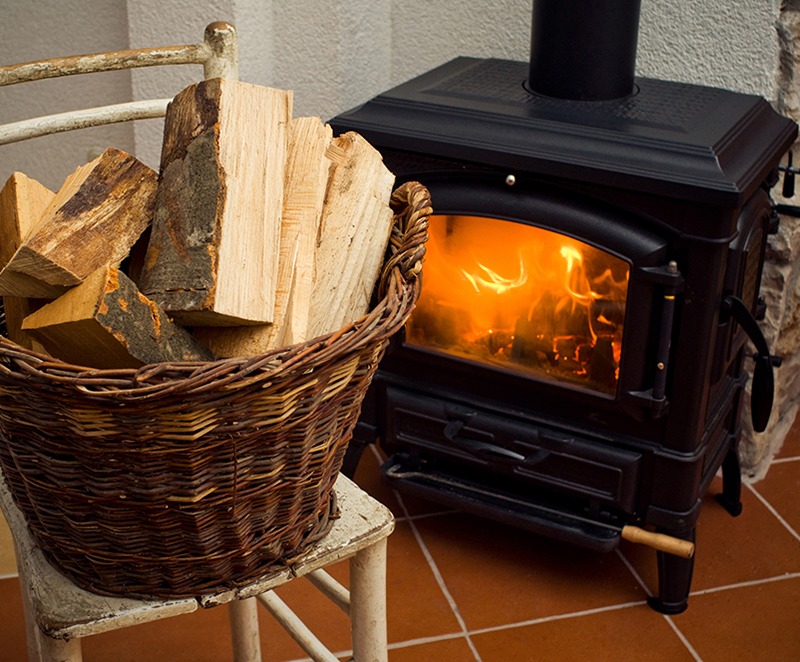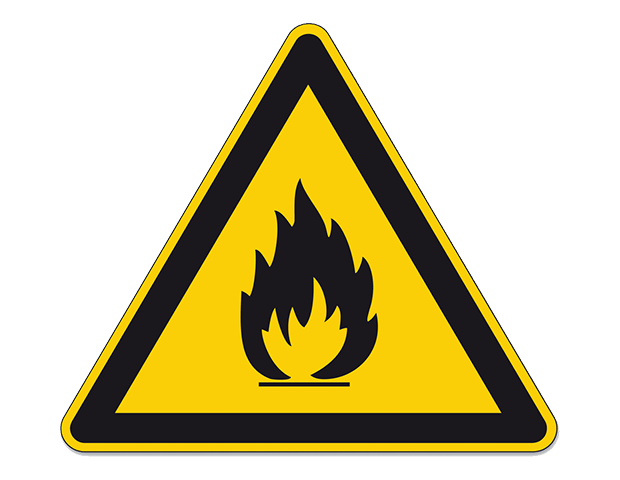Fires in Thatched Properties
Each year we lose between 60 to 80 thatched properties to fire!

Each year we lose between 60 to 80 thatched properties to fire!
Old properties with deep thatch, particularly those constructed pre-1960, are incompatible with the installation of modern wood burning stoves particularly in traditional chimney breasts. In some at risk properties there is no safe way to use a wood burning stove; choose an alternative, open fire, oil, gas or electric enclosed fire. In thatch a fire, once alight, is almost impossible to control. Chimney fires are high risk for properties with a thatched roof, but for all wood burning stove users there are common sense preventative actions that can be taken.
Modern multi fuel stoves fitted into old fire places and inglenooks can compromise chimney safety and cause a fire in the thatch.
Action: Get the installation and chimney construction checked. Use an alternative heater
Sweep the chimney twice a year.
Action: Sweep in October sweep again in February – March. The most thatch fires occur in April.
Birds love to nest in open chimney pots and can fill a chimney with flammable sticks in a very few day
Action: Fit a bird guard.

The only safe fuel is properly seasoned Wood should ideally be cut in year one stored in year two and used in year three. An alternative is to buy kiln dried wood from a reputable supplier.
Action: Check wood moisture content is below 20%, using a moisture meter (obtainable from any builder’s merchant). Or buy professionally kiln dried wood. Store in a dry airy place.
Use a chimney flue thermometer to monitor burn conditions. Too hot will compromise the temperature gradient between chimney bricks and flue gases even with a lin, too cold will allow a build-up of tar, which if left can cause chimney fires.
Action: Never burn rubbish or treated timber.

